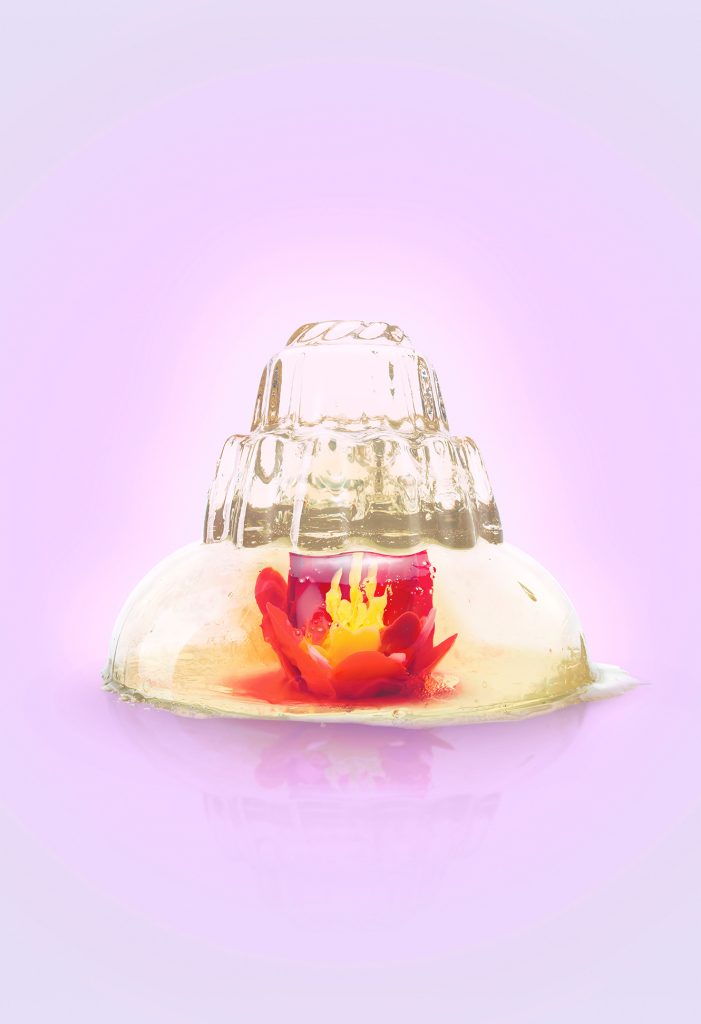Studio Visit: Ceramic Artist Bari Ziperstein
Inside the new Los Angeles workspace for the BZIPPY design brand
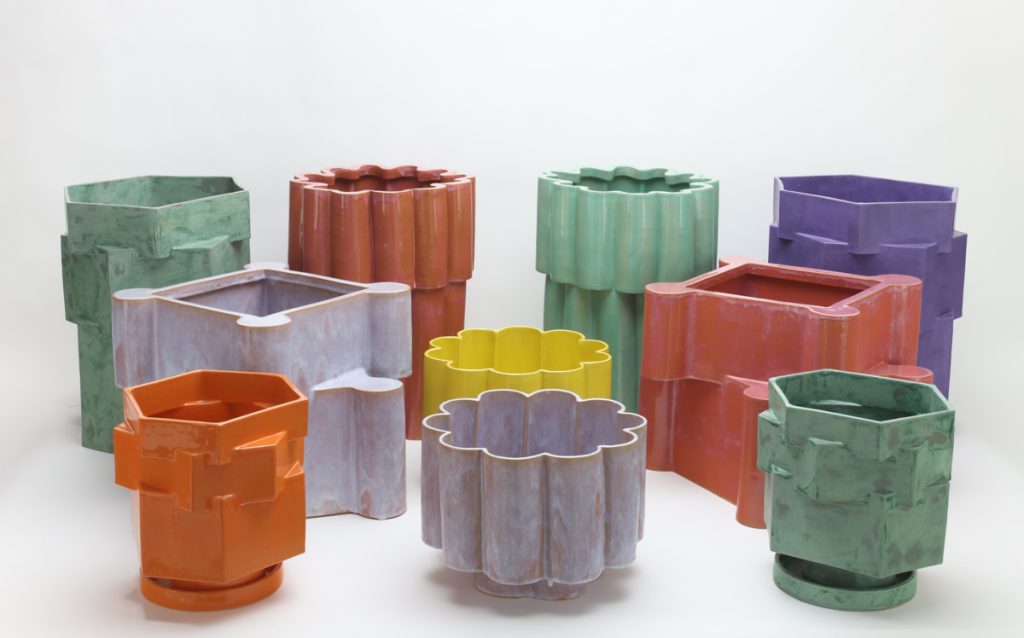
A quiet calm permeates ceramic artist Bari Ziperstein’s new 9,000-square-foot studio. The recent move to this location provides double the design and production space, allowing for all their prolific creative output to occur under one roof—from fine art to BZIPPY, and BZ Collectible Design with The Future Perfect.
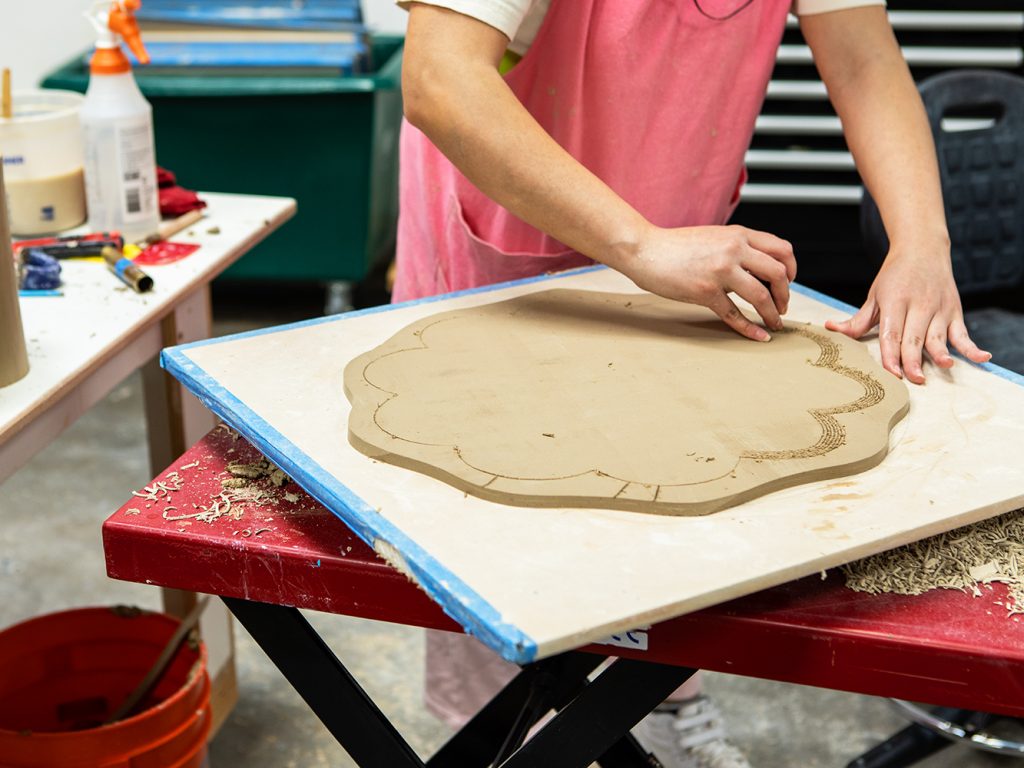
The new office and private studio, along with the shared areas, reflect a passion for color, art and design. It’s here that Ziperstein and a team of 16 push Laguna clay through slab rollers and extruders, before it’s carefully cut and joined. Then each piece moves into the trimming and finishing phase before being set to dry, fired and making the journey through the glazing process. They attend to every detail with intense concentration.

Doubling the work space has resulted in in multiple improvements to the team’s working environment and productivity—and injected a new passion into the team. “The kilns! Before we only could run two at the same time and now we have 2400 amps of 4AD and can have 20 kilns,” Ziperstein tells us when we visited the space in Sun Valley, a neighborhood in LA’s San Fernando Valley. Looking around at her team she adds, “We were like a Murphy bed in the last space, where everything was put up and something slides in. Now every department has its own dedicated area and room for expansion.”

The dream space was realized thanks to Luke Foss and Ashley Hildreth of FOSS HILDRETH, an LA-based design firm. The three met through their mutual relationships with The Future Perfect, and worked together to create a space that’s inspiring and functional.

With another goal to support fellow makers while reflecting Ziperstein’s love of vibrant color, they filled the studio with custom pieces from the BZippy collection and Ziperstein’s fine art alongside pieces by LA-based furniture studio Waka Waka, helmed by Shin Okuda. The collection also includes works by Gae Aulenti, Joe Colombo and Vico Magistretti, Gaetano Pesce, Charlotte Perriand, Charles Pollock, Mario Bellini, Dan John Anderson, Danny Kaplan, and Charles and Ray Eames. Natural light flows into the space, highlighting the palette of the furniture, objects and art.

“I am a colorist. We have over 50 colors. This idea of being a chromophobe—I am anti-chromophobia. I love color,” Ziperstein tells us. In the glazing section of the studio, color samples fill a large set of shelves.
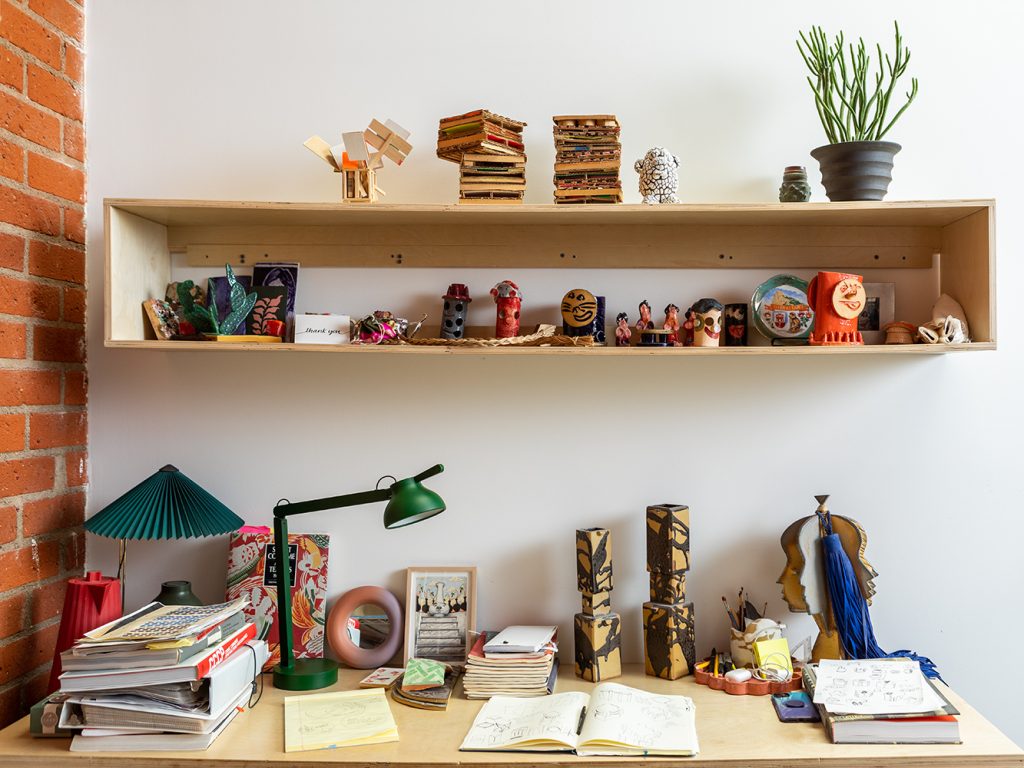
In this new location Ziperstein also set up a private studio space to make fine art pieces that she conceives and hand-builds alone, from inception to final glaze. There’s an area for her young son, as well, who has begun making his own series of ceramic pieces and also helped his mom make the drawer pulls for the new studio kitchen.

Ziperstein’s work tells a myriad of stories, and she finds inspiration in all kinds of places, especially Soviet-era textiles. “That is my diaspora,” she explains. “I am second-generation on one side and third-generation on another side. I am interested in how textiles or advertising or any kind of mass market object is embedded with history or messages of a culture. I was fascinated by the propaganda coming out of Russia. A totalitarian state produces objects, propaganda posters, textiles, TV, radio—fascinating things. And I am interested in how it talks about our current political climate.” Ziperstein studies these textiles, patterns and posters and applies her knowledge to the clay, embedding ceramics with her impressions and emotions. “Mapping pattern decoration is subversive to me in a way,” she says.

She is also influenced by architecture, the push and play between materials used in brutalist structures particularly delight her. “I love Louis Kahn. The Salk Institute is unbelievable. When I went to go see it, I felt it was a pilgrimage of sorts,” she explains. Ziperstein taught at UC San Diego and loves their library, designed by architect William Pereira. “It looks like a spaceship of reflective glass and concrete pillars. It is material and geometry.”
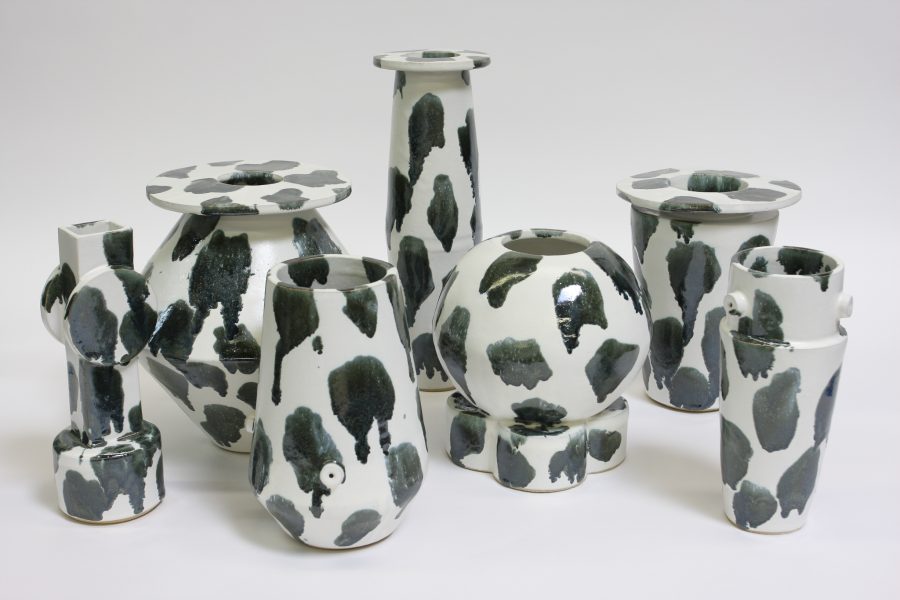
Some of the large sculptures stand taller than Ziperstein herself. These bigger works and wall-mounted pieces carry messages of gender, politics and culture in the form and layers of glaze and color. Looking around, she smiles. “It feels normal now. We are growing, but I am not sure how much bigger we want to be.”
The studio is in full swing, filling BZIPPY orders and making pieces for Ziperstein’s collection for The Future Perfect. Balancing her fine art practice with BZIPPY feels natural to Ziperstein (who will be part of Breaking Ground: Women in California Clay at The American Museum of Ceramic Art in September), as she explains, “One can be the chess player and one can be the cheerleader. They are friends and love each other.”
Images courtesy of Laure Joliet
